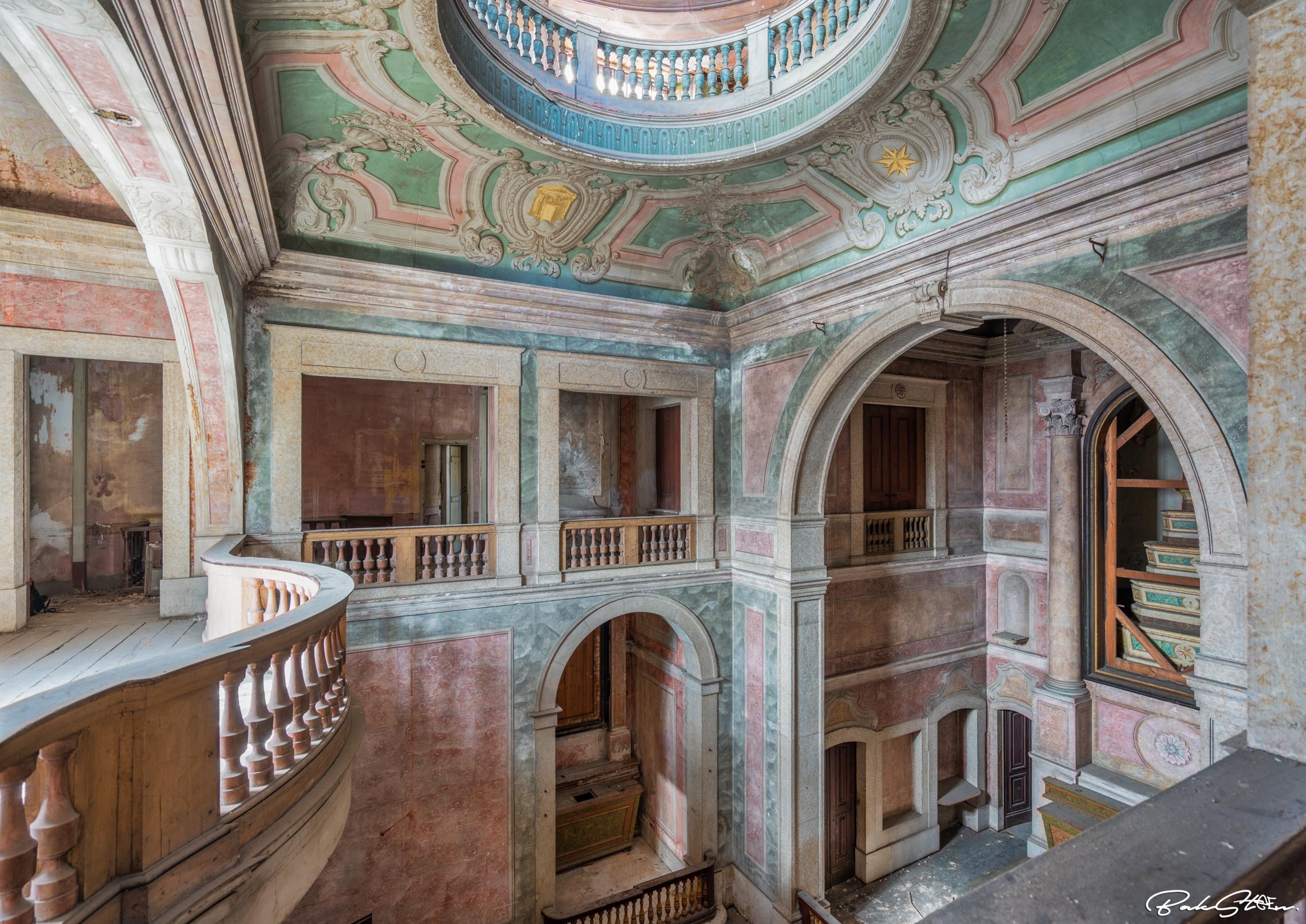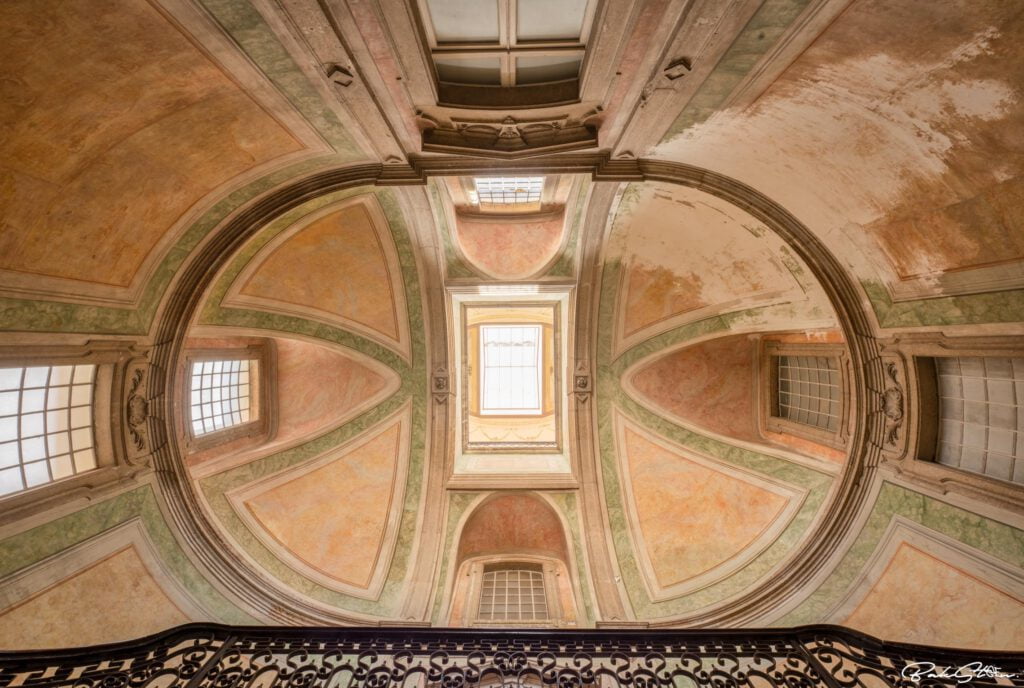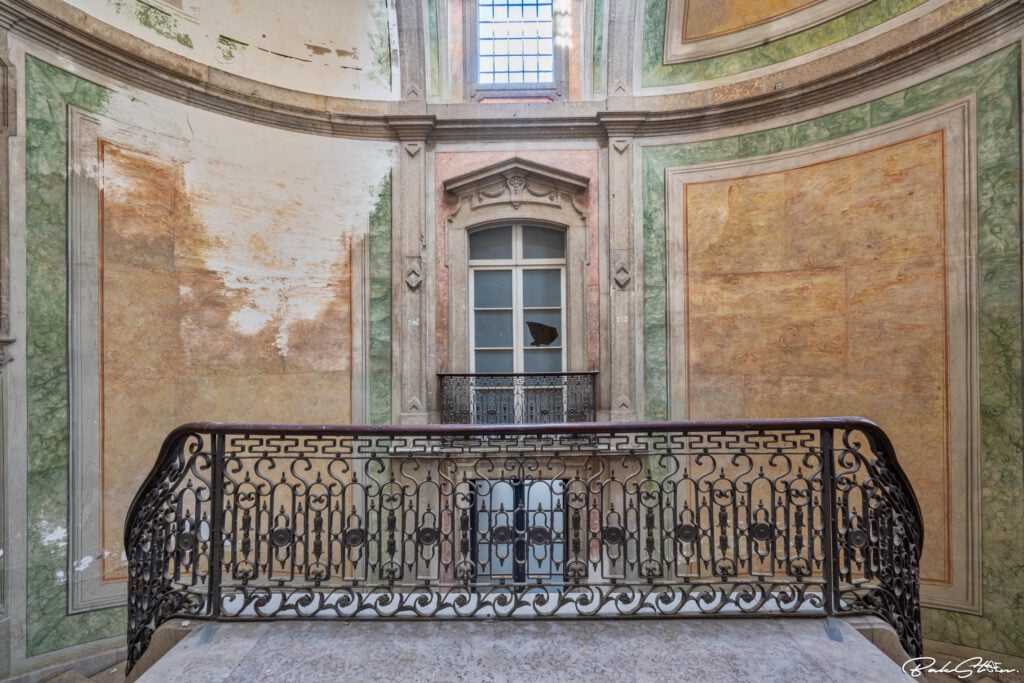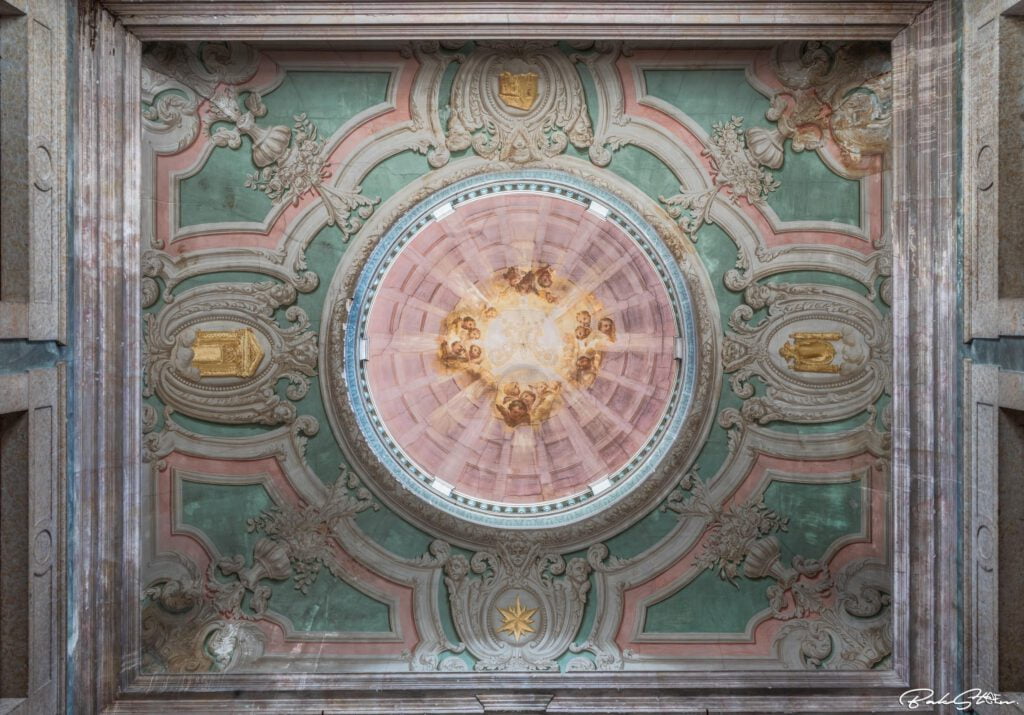Ribeira Grande Palace

The Ribeira Grande Palace was built in the early 18th century by the Marquis of Nisa, D. Francisco Luís Baltasar da Gama.
Built in an old aristocratic occupation area characterized by the existence of a significant number of noble houses with pre-eminent baroque features. The palace has had several owners, including the marquises and counts of Ribeira Grande.
In 1755 there was the most destructive and deadly earthquake in the history of Portugal, killing tens of thousands of people. The quake was followed by a tsunami and a fire that destroyed almost all of Lisbon. Fortunately, the palace had suffered little damage, but in the 20th century it was considerably altered and adapted to an educational institution. This was the location of 1920’s Colégio Arriaga and 1930’s Colégio Novo de Portugal. In 1939 it became the Liceu D. João de Castro, which later changed its name to Liceu Rainha Dona Leonor and Liceu Rainha Dona Amélia.
Although much of the palace was converted to house these schools, the most primitive features can still be seen in the monumental facade, in the gardens and in the chapel with a distinctive square nave with a main altarpiece by Nossa Senhora do Carmo,
It was a great experience to be able to take pictures here because when I was there it was already undergoing a lot of renovation. Luckily, I got permission to capture the old glory.
Palácio dos Condes da Ribeira Grande, now being renovated and turned into a museum and hotel
This new museum space is currently taking shape and is being created to publicly share Armando Martins’ collection of Portuguese and international art
The project also includes other spaces such as a hotel, a restaurant and even a chapel. “This is an unprecedented project in Portugal and Europe, as you can stay in this museum, as it holds a five-star hotel that also houses other works from the collection. A space of excellence for enjoying the art that also includes other attractive activities, a restaurant, a small auditorium, a garden, a shop, and a chapel with a program devoted to the performing arts, music, meetings, and debates.








